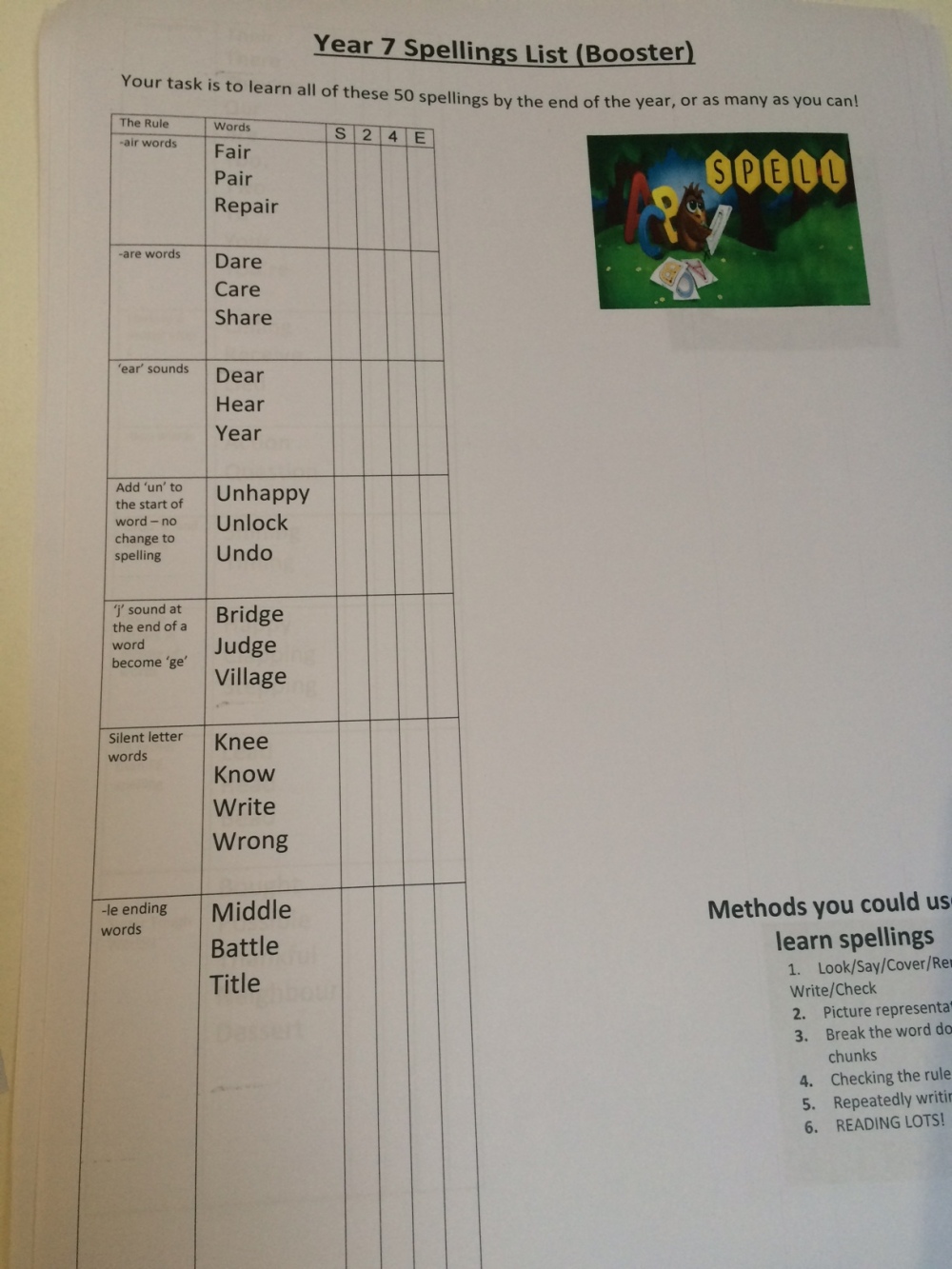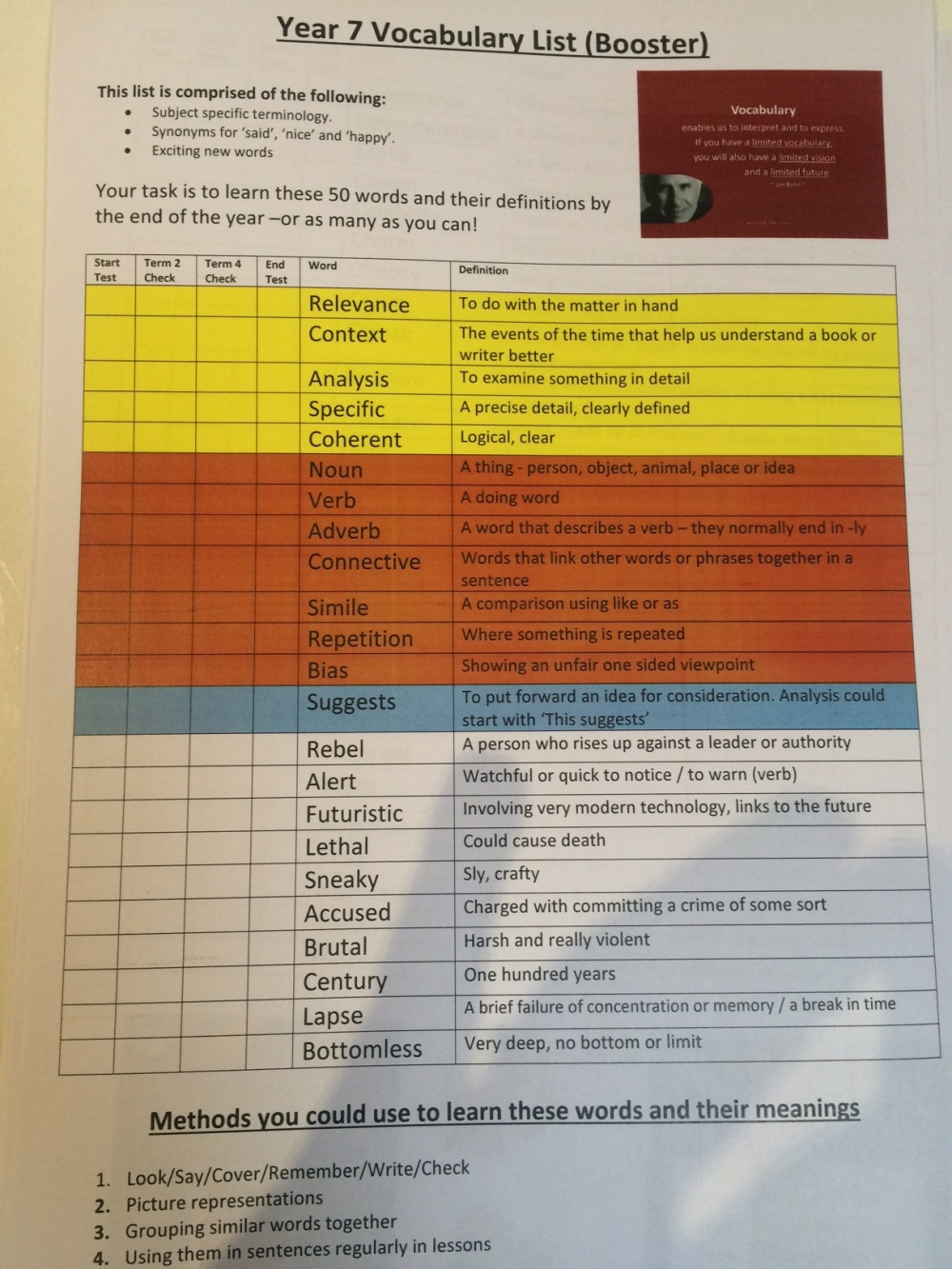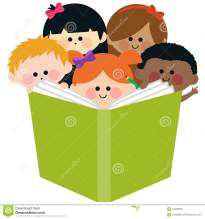My long awaited visit to Michaela on Friday was timely. It came at a time in my career when I am applying for Assistant Head jobs, considering exactly what I stand for and what I believe matters in education. The school was certainly an eye-opener. I am very grateful to Katie Ashford, Deputy Head who shared time to discuss the school’s English approach, and also Katharine Birbalsingh, Headteacher who kindly allowed myself and a fellow visitor in to her office to ask some questions, and let us share the family lunch.
If I was to sum up my experience, it has led to the need for a realigning of the student-teacher balance in my mind. In Michaela, the teachers command a huge level of respect from students. They are treated in a way that reveres the profession. Hargreaves and Fullan in their book, ‘Professional Capital’ state that in the highest performing educational countries in the world – Finland, Singapore and Canada, the regard for teachers is immense from students, many parents and wider society. Michaela has a model they believe in, and are able to teach every day with little or no disruption and without challenge, which is a dream for many schools. I believe in the importance of listening to the students’ viewpoints -sure, but our limits of tolerance have extended too far; our pandering over the years to their moods, their need to be entertained in lessons, and to often dumb down content has led to a culture where for some students, we simply don’t aim high enough.
There are 7 key things I will take away as major learning points for me:
-
The high expectations of all students.
Michaela employ a simple system – SLANT -(Sit up straight, Listen, Answer Questions, Never shout out, Track the teacher). Simply turning round twice in a lesson can result in a detention. Crazy? Well, why not? The much maligned ‘zero tolerance’ could be interpreted as a straightjacket and causing more problems than it solves, but it has been imposed at Michaela and it clearly works.
The whole lesson is spent focusing and the amount of work completed is impressive when looking at books. With the increase in technology, concentration levels are dwindling; we have a responsibility to try and restore these. I see students looking out of the window after 5 mins of extended writing; I have given rest breaks to my Year 11s now and again after an intensive piece of writing; I have read in background reports that a student needs to be reminded of each step on a 1 to 1 basis, and everything be chunked down. Well, this won’t be the service he gets when he reaches the world of work.
The expectations of behaviour are admirably high. If a student is put in detention, they do quizzing work. If an insufficient amount is completed, they serve the detention again. I wonder what the Michaela teachers would make of the fact I currently send two reminder email messages out via student runners to students who have been placed in detention to remind them to come along, as I hope to help them avoid a stronger consequence.They usually ignore my kind reminder…
The balance needs to shift back.
We should not be worried about putting a sensible blanket rule in place and sticking to it. For example, insisting that any student who walks into a classroom with their jacket/hoodie on has it immediately confiscated, would instantly remove something that is a daily battle for many teachers. There would be kick-back, but within a week of enforcement, the removal of the ‘take your coat off’ to the same students three times before they grudgingly start work, disappears.
The students’ own expectations are exceptionally high. All students on a fellow visitor’s table talked of University aspirations, and there is an unashamed pride and celebration of learning. Waiting for their lunch, students were keen to call out definitions to a teacher as he asked them in the queue. At the start of lunch, students recited poetry together, before the deputy head shared an anecdote about the importance of good spelling and the poor impression you make on people if you cannot spell well. Students were encouraged to reflect on this during their meal. No-one sneered or raised eyebrows.
2. The focus on manners / kindness / appreciation for others -a family dynamic
I was hugely impressed with this, and this kind of culture would be a cornerstone of any school I help to shape in the future. Clearly, students at Michaela have been drilled in the importance of this, and their politeness and manners were a pleasure to behold. Many students wished me ‘Good afternoon’; students at lunch were on mixed year group tables of 6 and each had a role to play – one served the drinks, one the food, one cleared up, etc.

The ‘appreciations’ come at the end of the meal -all students stand up in unison at the instruction of the teachers (who all sit down to eat with the kids -a nice touch) and literally hundreds of students put up their hands with an offer of an ‘appreciation’ to declare in front of a packed dining hall -further testament to the confidence being nurtured in these young people. I thought this would be for fellow students for being friendly for this and that, but no, the majority of the appreciations are given for teachers and even parents – ‘I’d like to thank Mr X for his feedback and helping me improve today‘ ; ‘I’d like to thank my Mum for helping encourage me with my homework last night‘. They are praised by the lead teacher for sharing and speaking confidently aloud -speaking up is massive at Michaela.
Again, no-one sniggered. No-one nudged the contributors and called them ‘keeners’. (I think of the number of times I have given out haribo at the end of a tough week’s learning to a class, and half the students don’t even say thank you!) These kids seem to have had something quite special ingrained in them that few teenagers have – the recognition their education is a privilege.
3. The value placed on reading
This is massive at Michaela. 15 minutes in the morning reading their own library book, and 20 minutes communal reading in the afternoon EVERY DAY -reading through one classic at a time. A year 8 boy told me his favourite books were ‘To Kill a Mockingbird’ (and ‘The BFG’!) Homework reading is also expected.
There is a core understanding across Faculties that all teachers are teachers of reading and literacy first and foremost, and that has been translated into the learning booklets across subjects which purposefully have extended reading extracts in. 
The calculated aim is that students are exposed to 10,000 words a day. There is a wonderful quote on a reception Michaela flyer – ‘Learners are readers, and readers are leaders’.
My reflection here is that many schools don’t do enough in this regard, and the communal reading experience (more important than independent reading in my view for developing understanding) needs to form a much greater part of morning/afternoon tutor times.
Students are also encouraged to read with rulers and all lines are numbered to aid quick retrieval and comprehension questions. I don’t know enough on this area to comment but it seemed interesting. In English, students have a separate literacy booklet which they work from exclusively once a week, and in daily starters to lessons.
4. Making learning simple
Students don’t have backpacks anywhere on show -presumably kept in lockers for the end of the day. They have a uniform zip A4 bag they carry around, large enough to contain a few books and a pencil case. In each lesson, there appears to be a system to the subject booklets: Lesson content is discussed together, tested, and then corrected together as a group. Recaps are frequent – the science of learning in this respect is embedded here. Students use green pens for corrections.The core knowledge for a subject is also featured on a single page of students’ Year 7 or 8 Knowledge Organizer -learn it in class and then students are encouraged to ‘self-quiz’ this core knowledge at home. Books are immaculate. It is unashamedly traditional -there are lots of comprehension questions being set across subjects based on extended passages of text. There is no peer assessment/paired or group work/powerpoints/posters/visual stimulus of any kind.
The Knowledge organizer is something more and more schools are using, and again simplifies the importance of the core learning and repeated retrieval practice of these vital elements. I like it a lot at KS3 in establishing core terms, but wonder how manageable this will remain at KS4. I am currently trying to do something similar for English Lang and Lit at KS4, but getting anything below 200 questions / core pieces of info is tough. What it must be for more content heavy subjects like Science, I shudder to think!
5 Honesty
Whilst the school believes students who have done well should be congratulated and encouraged to explain what steps they have taken that have led to that success, there is a reluctance to soften messages that students need to hear if they have under-performed. This should be made crystal clear to them without modifying phrases, and questions asked about the reason for their under-performance -effort?lack of prep? etc.
Again, I think in recent years we often cloud areas of focus / learning points for students for fear of being perceived as negative. This is not always useful.
Michaela also welcomes the use of marks and believes ‘competition is good’, disliking the ‘prizes for all’ culture.
I agree with this. Whilst holding back marks temporarily, and providing feedback first prevents the ‘What did you get conversation?’ and leads to richer learning reflections, ultimately I see nothing wrong with revealing marks to students. Knowing where they stand in comparison to their peers is not always a demotivater in my view, and can often give them the firm nudge they need to up their game.
6 Students can be the thief of time!
They’re not allowed to be at Michaela. Even our guides had timers. There is great effort put into avoiding something that exasperates teachers beyond almost anything else – faffing.
Students must take their pen and book out of their zip bag before they enter the classroom, ready to work immediately. There is a short count down, then ‘SLANT’ (mentioned earlier) and students are sitting upright, and tracking the teacher.

No student has to be told to take a coat off. Like backpacks, presumably these are stored away at the start of the day. Timings for lessons, lunch, etc are adhered to by students with military precision.
Lessons also progress at a rate of knots with the underlying message – ‘it’s more effective if we instruct’. Students annotate poems together. I don’t necessarily agree with this approach but without doubt it leads to a culture of ‘You’d better damn well keep up -this machine ain’t stopping!’ -and students seemingly DO step up.
Sometimes we do allow too much small ‘fun’ lead up activities – maybe we need to cut to the quick a bit more.
7. The collective power of the group
Michaela rejects the idea that every child is unique. Many students are very similar in terms of learning needs, and they treat them as such. Lessons are geared towards the whole group learning together at the same pace, in the same way. In French, students chant back the vocab together; in the dinner hall, students clap twice each appreciation –together. I am fascinated by this element – the community / supportive environment. It is clearly inbuilt in every system in place. It is clearly ingrained in the students that ‘we will succeed. Work with us, and you will go far.‘ There are few if any dissenters.

There aren’t parents’ evenings either. Parents are expected to support the school judgements 100% without question. It is stated you wouldn’t question a surgeon; have the same respect for us as teachers.
Again, in Finland -one of the highest performing countries in the world, the teaching profession is regarded as highly in society as medicine and law. What has happened in this country for it to sink so low where everyone thinks they know best?
Every detail is considered with the importance of the group in mind. There is no bullying here – students are only allowed to walk round in groups of 4 on their lunch or they get a demerit. This sounds incredible -but there is a logical rationale – that, in groups of more than 4, students may struggle to get their voice heard in a conversation. Equally, bigger groups can appear more intimidating to individual students.
Again, I think the large group culture is a problem in many schools at break and lunch time, and can often contribute to bullying.
It’s not just the students. Clearly, to make this school work, all the staff have to be on exactly the same page, and they seem to be -notable in the consistent use of SLANT, in their teaching approach, their carefully positioned presence throughout the dining hall, but also in their belief in striking a different path together, one which they believe is undoubtedly the best one for their students.
Such marked consistency of approach across a staff body is quite something.
So to conclude, it shows what can be achieved with the sheer strength of will and vision to pursue it. I was hugely impressed with Katharine’s vision and her team’s school, and again, very appreciative of them letting me visit a great school -one that may not be unique for much longer as many schools pick up elements here and there!
There are, of course, questions I have but it would be disrespectful to my hosts to go into any real detail on these here.
Briefly – they are, and I am happy to be challenged on these:
- Around the students’ seeming lack of encouragement to pause lessons and ask questions, to get individual support, reflect with a partner on the learning, how deeper understanding/metacognition of ideas is assessed if silence and Teacher to whole group teaching is the only model utilised.
- Whether this learning approach prepares students for future careers where there will be a much greater need to be creative and work independently.
- The absence of any displays.
- The lack of models of best work in books- Are these used and interrogated regarding what constitutes higher and lower level work?
- The absence of marking in favour of the whole class approach. Is this possible as the school moves into Key Stage 4 and individualised feedback becomes more crucial?
- Is the complete obedience a result of innate motivation, or fear of sanctions/treatment/rapid expulsion?
Thanks for reading – a long piece I know, but it’s been a long weekend of reflecting, following Friday!




















